Brussels has ordered Elon Musk to fully disclose recent changes made to recommendations on X, stepping up an investigation into the role of the social media platform in European politics.
The expanded probe by the European Commission, announced on Friday, requires X to hand over internal documents regarding its recommendation algorithm. The Commission also issued a “retention order” for all relevant documents relating to how the algorithm could be amended in future.
In addition, the EU regulator requested access to information on how the social media network moderates and amplifies content.
The move follows complaints from German politicians that X’s algorithm is promoting content by the far right ahead of the country’s February 23 elections. Musk has come out in favour of the nationalist Alternative for Germany (AfD) party, arguing that it will save Germany.
When asked if the expanded probe was a response to a controversial interview Musk conducted last week with AfD co-leader Alice Weidel, a Commission spokesperson said the new request “helps us monitor systems around all these events taking place”.
However, he said it was “completely independent of any political considerations or any specific events”.
“We are committed to ensuring that every platform operating in the EU respects our legislation, which aims to make the online environment fair, safe, and democratic for all European citizens,” said Henna Virkkunen, the Commission’s digital chief.
X did not immediately respond to a request for comment.
This is a developing story

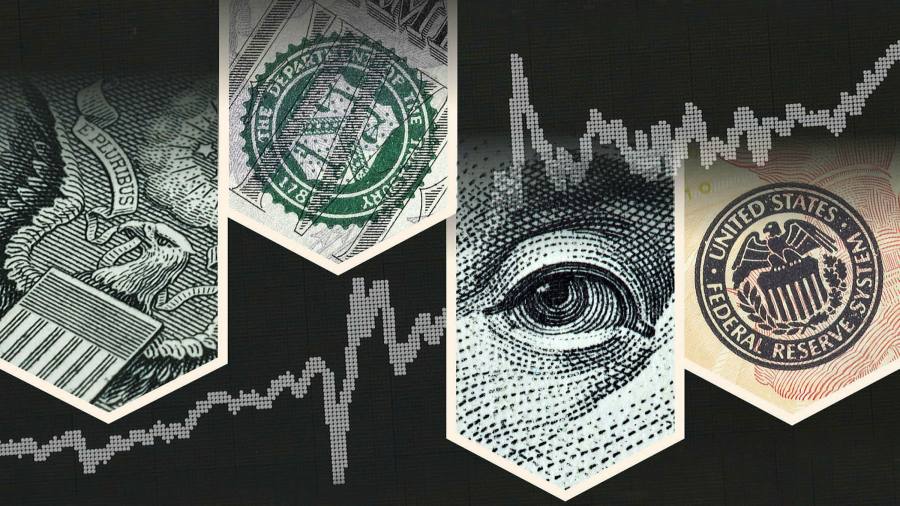
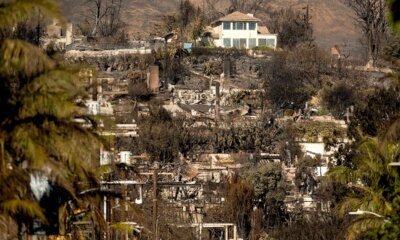





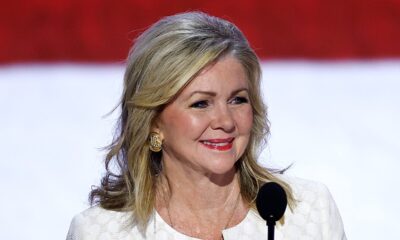

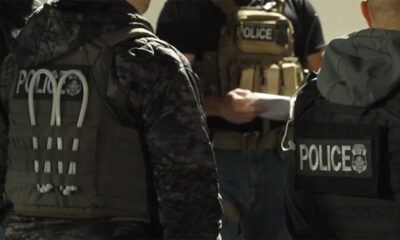









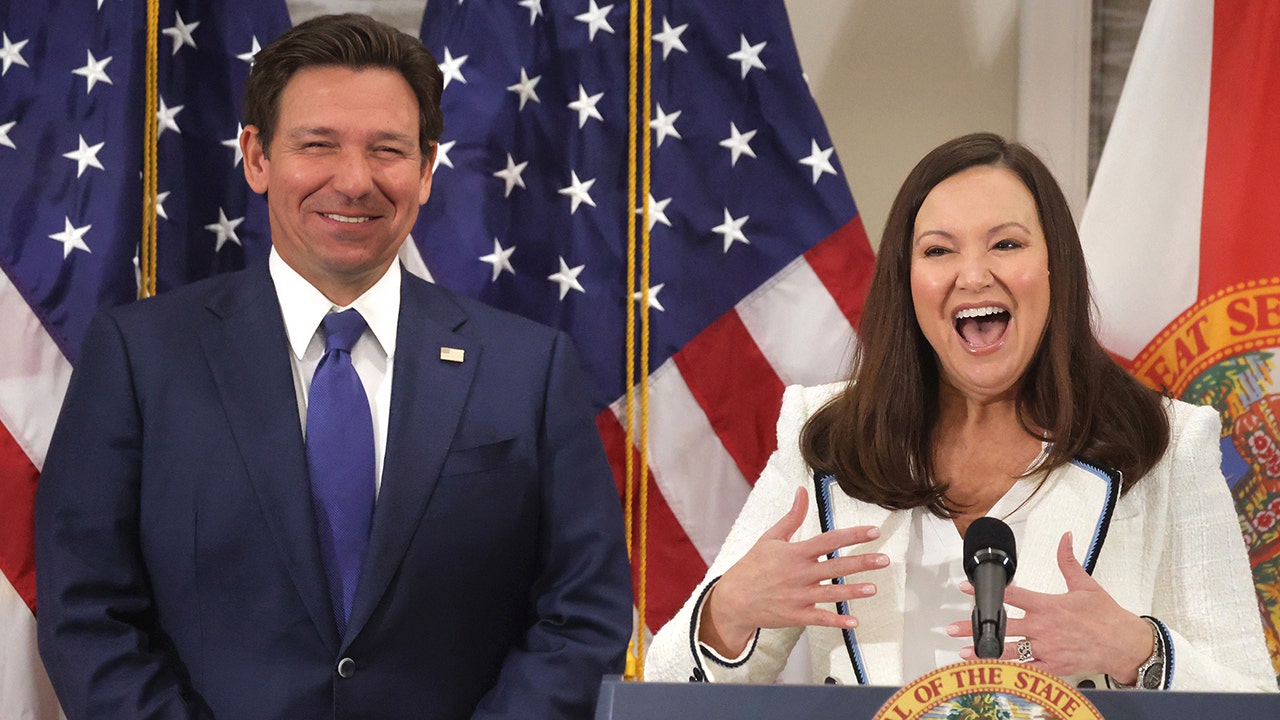


/cdn.vox-cdn.com/uploads/chorus_asset/file/25822586/STK169_ZUCKERBERG_MAGA_STKS491_CVIRGINIA_A.jpg)

/cdn.vox-cdn.com/uploads/chorus_asset/file/25821992/videoframe_720397.png)




/cdn.vox-cdn.com/uploads/chorus_asset/file/23935558/acastro_STK103__01.jpg)